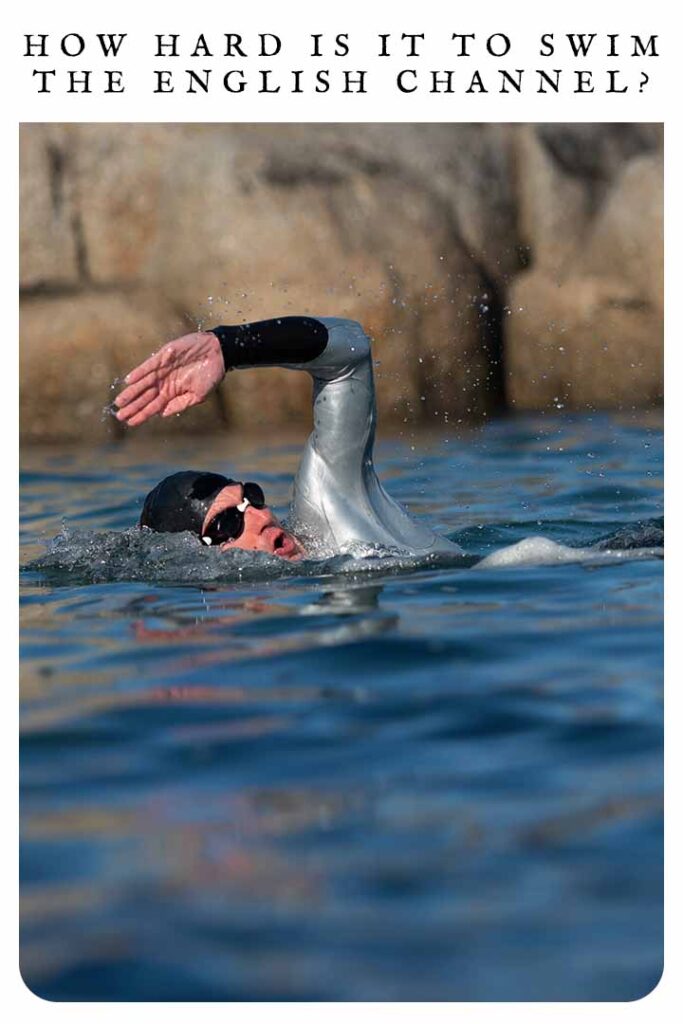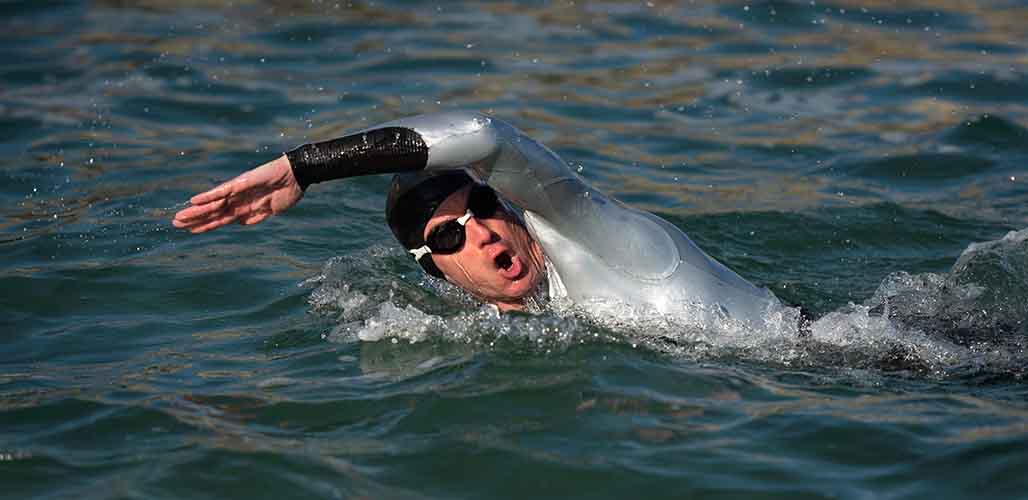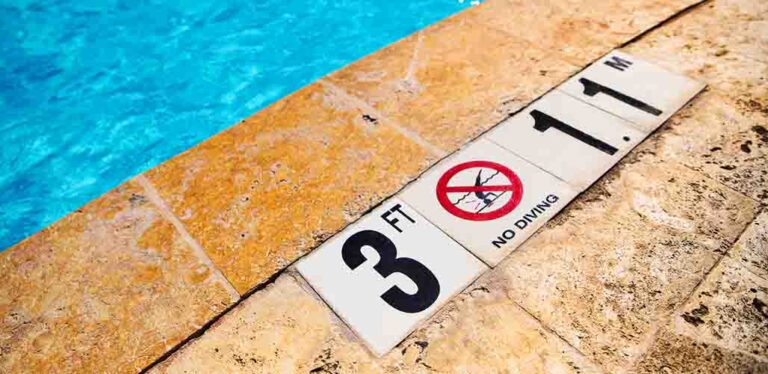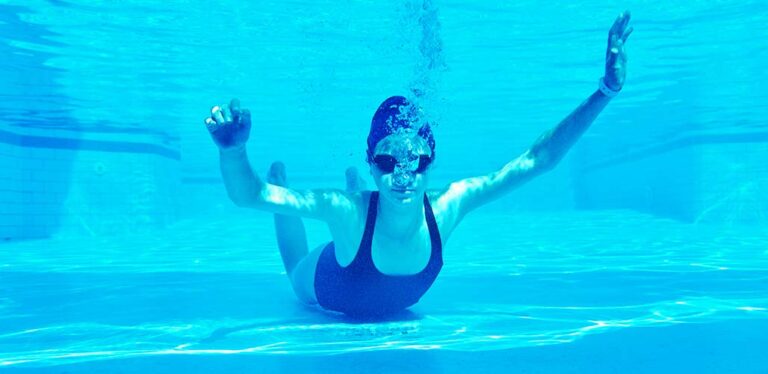How Hard is it to Swim the English Channel?
How hard is it to swim the English Channel? Whenever I see someone swimming the Channel, I think: how hard can it really be? After all, you can see France from England’s shores! But, at its narrowest point, the English Channel is still a whopping 21 miles long. This is a near-impossible task for those who haven’t swam long distances or spent years training for the occasion, which is why it’s such an admirable feat for those who take on the challenge. In this guide, I’ll take a closer look at why it’s so hard to swim the English Channel, and how much training you would have to undergo in order to complete this swim.
Contents
- How hard is it to swim the English Channel?
- The unique challenge of swimming the English Channel
- Why do people try to swim the English Channel?
- Rules of swimming the English Channel
- How much training and preparation must you do?
- Additional challenges to consider when doing this swim
How Hard is it to Swim the English Channel?
Swimming the English Channel is a difficult task and one that shouldn’t be taken lightly. Not only is it physically and mentally stressful, but it’s also highly expensive and takes years of prep work, training, and planning schedules.
Thousands of people have successfully completed this strenuous swim, but many have attempted and failed. Some people have even sadly lost their lives in their attempts to make this swim. So, if you’re considering making the aquatic trek from England to France, it’s best to plan it 2-3 years in advance to ensure you have time to train and find a pilot boat with an open slot.
The Unique Challenge of Swimming the English Channel
Many people spend months, if not years, planning before they attempt to solo swim the English Channel. This momentous task requires a great deal of research to safely and successfully complete this swim.
Swimming the channel means traveling over 20 miles in the water, often swimming in temperatures around 59 degrees Fahrenheit. It’s recommended to start early and some swimmers even take to the water around 2 AM. Attempting to swim in the dark like this can be dangerous and it takes a mentally strong and physically capable athlete to stay focused enough on their strokes to make it to the other side.
Each swimmer requires a team of support crew members, which can be a challenge in and of itself to assemble. These people are responsible for ensuring you stay safe while guiding you to your destination.

Why Do People Swim the English Channel?
With these challenges in mind, it might seem easier to swim lengths in a pool, or stick to lengths near the shore. So, why do so many people attempt to swim the entire length of the Channel?
Even on the best day with ideal conditions, making this trek across the channel can be strikingly difficult. Not many people can hang their hat on an achievement of this nature, but it’s one that many serious swimmers have their eye on at some point in their life.
Many people choose to swim the channel for personal reasons or to benefit a charity. Beating the world record isn’t a priority for many and it’s a tough number to beat — 8 hours! Channeling energy from a nutritious diet, a reputable training program, and mental fortitude is what gets swimmers across the channel, no matter what their reasons for doing so.
Rules of Swimming the English Channel
For those considering an English Channel swim, there is a process to consider. You can’t simply jump in the water and take off. This challenging swim often requires years of preparation, which keeps it from being a spur-of-the-moment undertaking.
Research begins 2-3 years out from the date that you’d like to attempt your swim. Comparing neap and sprint tides will lay the foundation for when you’ll be able to swim the channel, as it requires an especially experienced swimmer to handle sprint tides.
Once you’ve found a few dates you’d like to consider, you must find a sanctioned boat captain and begin a conversation with them about their availability. Many swimmers have to book a few years in advance to secure their position.
Training and Preparing to Swim the Channel
After the booking is complete, swimmers must dedicate themselves to a training schedule. Speed and technique are key to a successful swim, as is the ability to swim in cold water. If you’ve never practiced in cold, windy, and less-than-ideal circumstances, this will negatively impact your ability to make it to France.
Swimmers must also register their swim with the CSA or CS&PF and pay any required fees. A medical examination is another requirement before one can attempt the feat of crossing the English Channel.
Once you’ve reached a year before your swim, you’ll need to participate in a qualifying swim that spans at least 6 hours. These swims must be in water that is 60 degrees Fahrenheit or colder, which allows swimmers to determine where their abilities are at.
Additional Challenges of Swimming The English Channel
Swimming the English Channel is the ultimate long-distance swim. For swimmers who are committing to the process, there will oftentimes be a two-week period where they’ll need to stay in the area, ready to swim once the waters are deemed suitable. Quarantine requirements may be in place as well. Here are four other key considerations you must take before attempting:
The Expense
Not only is it physically difficult to train for this lengthy swim, but it’s also expensive. Between registration fees, accommodation costs, travel expenses, and paying for a pilot boat, swimmers often spend well over $5,000 for the opportunity to simply attempt the swim.
Water Temperature
Even during the prime swimming months from July to September, the water temperatures in the channel can range from 57-64 degrees Fahrenheit. It’s impossible to prepare last minute for swimming in cold water and swimmers must take the time to acclimatize to these conditions before the big day.
Seasickness
Some swimmers find that they grow seasick when traversing through salty, windy, and rough climates. If this is the case, medication may be required and this should be prescribed well in advance of the day of the swim.
Travel Between Two Countries
For many people, a passport is also a requirement for attempting the swim. If you don’t already have one, you should begin an application so you receive the documentation with plenty of time to spare. This is a relatively cheap expense when compared to the rest of the costs associated with the swim, but it can be a time consuming process to acquire. And, you will need to have it ready for your team to bring on the support boat – otherwise it will get ruined in the water attached to you!
How Hard is it to Swim the English Channel? Let’s Summarize
When training to swim across the English Channel, many athletes swim longer distances than 21 miles. This is due to the increased obstacles while in the water, such as wind, cold temperatures, and potential currents making the course more difficult. It’s best to overtrain than to undertrain.
For most swimmers, making the journey across the channel will require a significant time commitment. This includes training but also on the day of the swim, as it can take over 20 hours.
Committing to swim the English Channel is not for the faint of heart. If you attempt the swim and succeed, you’ll be infamous amongst friends, family, and even strangers! Even if you fail the first time, you can always attempt it again in the future and you’ll still have initiated a task that many people would never dream of tackling.
More Swimming Challenges and Tips
- Am I swimming at a fast pace?
- What causes leg pain after swimming?
- How to speed up your breaststroke
- Swimming safely in the Hudson River
References
- ‘Channel Water Temperatures’, Channel Swimming Association
- ‘CS&PF Fees’, Channel Swimming and Piloting Federation







